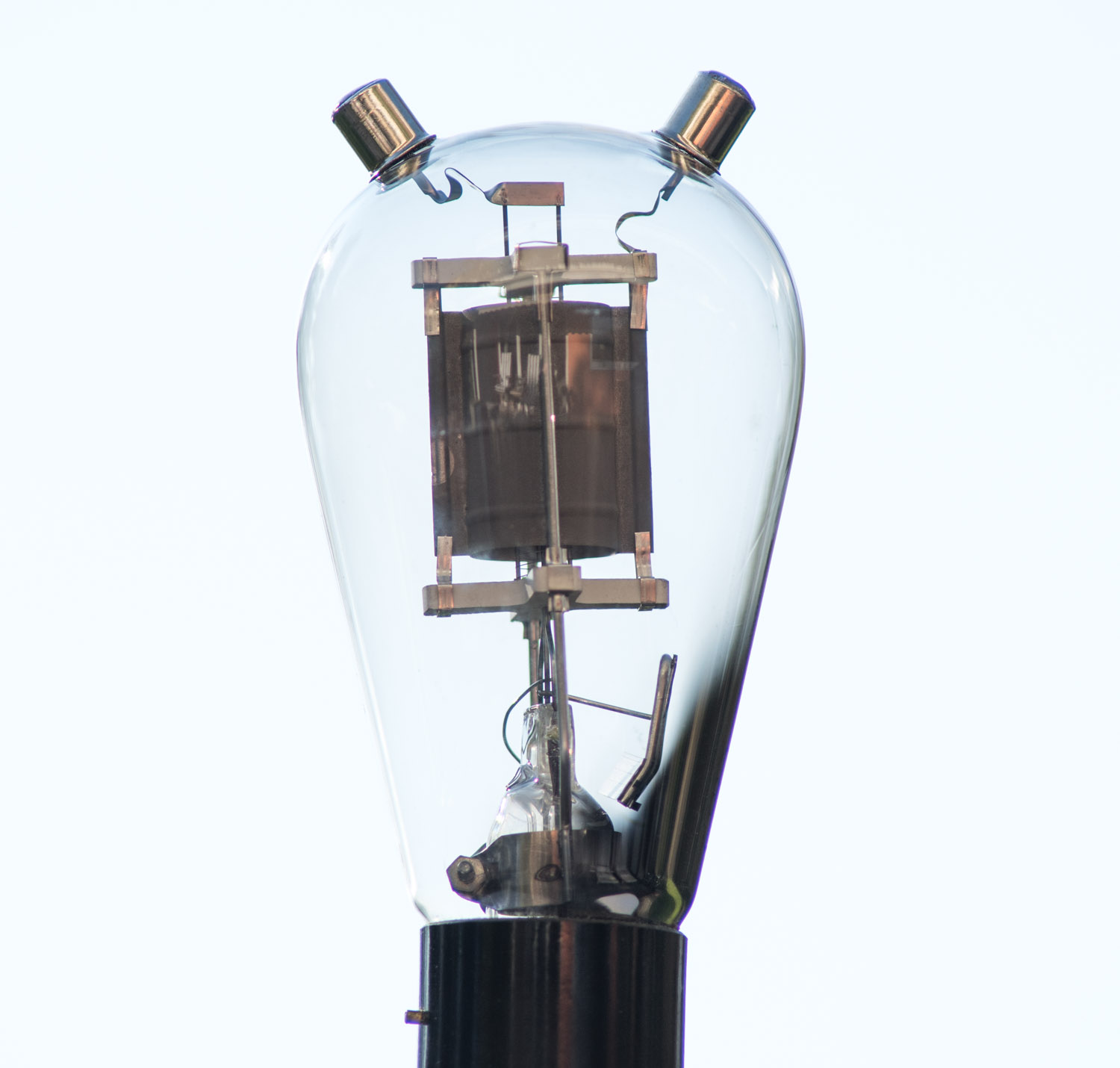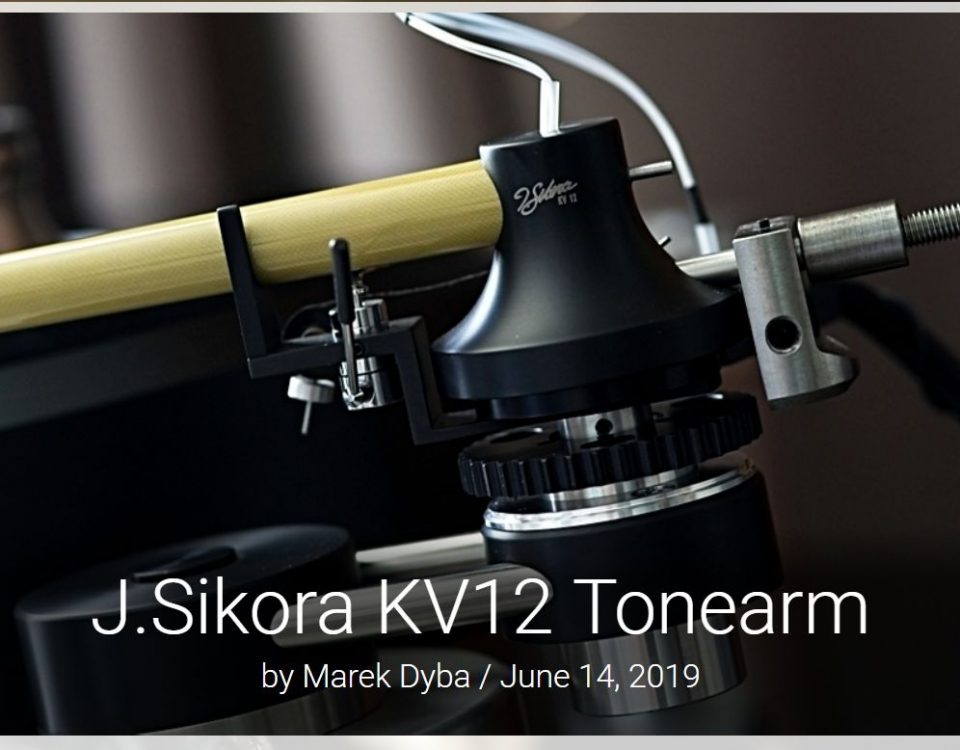
[ New! # J.Sikora Initial Turntable reviewed on Hifi-Knights !]
January 26, 2017
[ Verictum COGITARI power bar – the 1st English review on hifidelity.pl!]
February 9, 2017Thomas Mayer’s Tube of the Month : The 46 (revisited)
Hi!
As mentioned in the previous post about the recently built single ended amplifier, the 46 deserves more attention. So I selected it as tube of the month.
Since the 46 was already tube of the month way back in 2011, this is a revisit. That first post was a bit short and in the meantime there are a few more 46 tubes in my collection to show.

The 46 is called a dual grid power amplifier tube hence it has a 5 pin base. This is not to be confused with a tetrode since the 46 is only meant to be used as triode. Depending on how the second grid adjacent to the plate is connected, a triode with different parameters is obtained. By tying both grids together we get a triode with high amplification factor which is meant to be used as output triode in a Class B push pull stage. Two tubes in such a configuration deliver 10W output power. Such an amp design is shown in the RCA data sheet. Since the tubes would be operated near zero grid bias, such an output stage would require some significant driving power. Here the other operating mode of the tube comes into play. When the second grid is tied to the plate the resulting triode is very similar to a 45. As transformer coupled driver stage it can deliver 1.25 Watts into the grids of the output tubes.
Of course it can also be used as a single ended output stage this way. But the 1250 milliWatts is all you can get out of one. Even less than the flea power a 45 does provide, which can be pushed to deliver almost 2 Watts. But those 1250 mW are simply stunning. As I have written in the last post: The quality of the 46 is actually not really a secret. It has been repeatedly reported from different people that they prefer the 46 over the 45. I myself used the 46 almost 20 years ago and found it to be a great performer. But still it stayed below the radar of most amplifier builders. Maybe it is the extremely low power which prevented people from using it or the fact that it is not a ‘real’ triode with the two grids. But that is nonsense. Maybe it is the second grid which has something to do with the special sound of this tube. Many people are fond of tubes with mesh plates. It could be the combination of second grid and plate tied together which mimics some of the characteristics of a mesh plate. Or maybe it is simply the extremely low output power which means that an amp with this tube is almost always operated near the max and produces a pleasantly sounding amount of second harmonic distortion. Whatever the reason is, when you listen to this tube you will not worry about it and simply enjoy. After all it is a directly heated tube and when connected as Class A output triode it has nicely linear plate curves as can be seen in the data sheet curve diagrams and a photo of the screen shot of some actual curves taken with the tracer:





